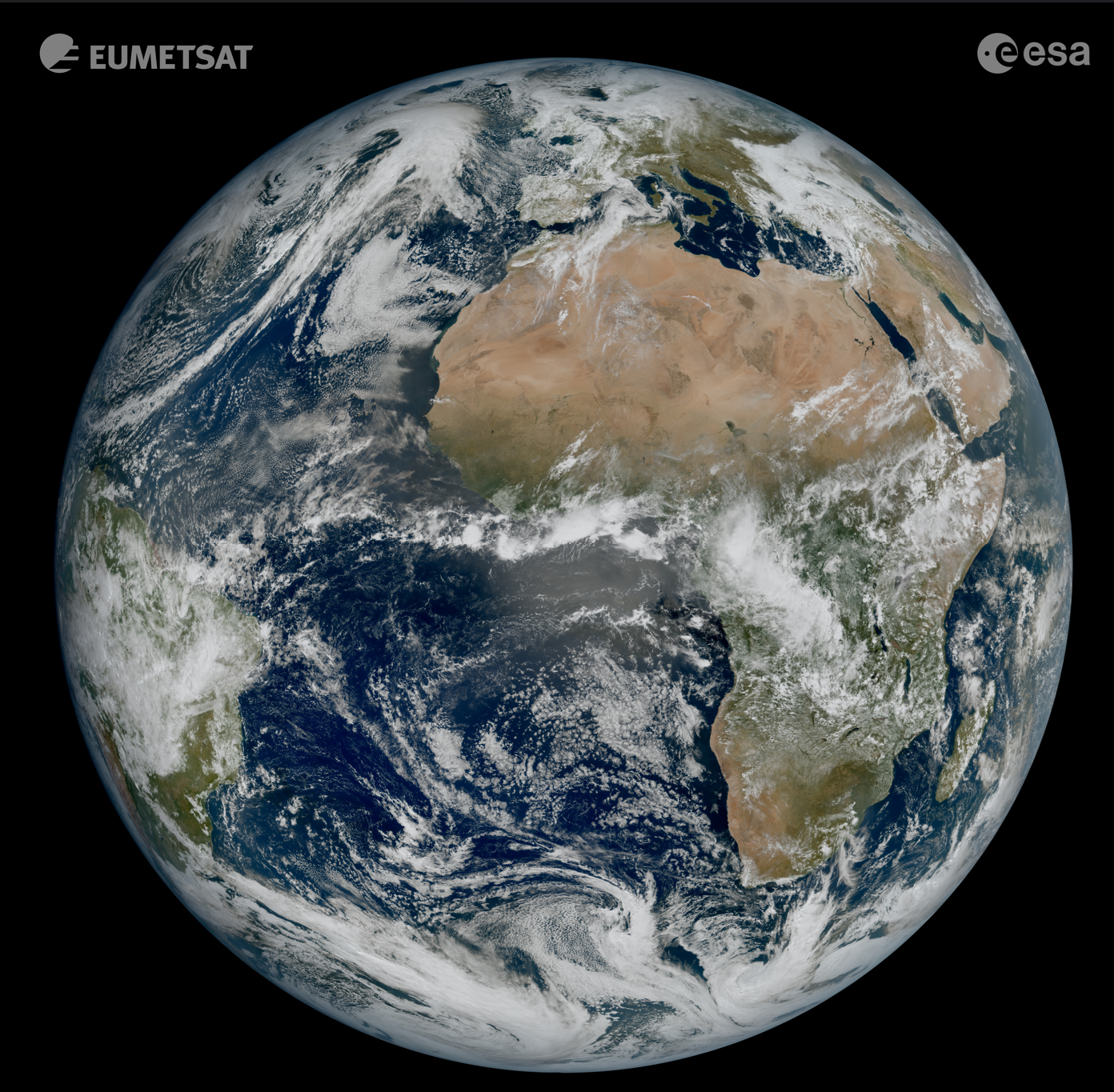Speaker
Description
Space emissions are expected to form a new source of metals in the mesosphere but have not yet been systematically measured so far. We tuned a lidar at our site at Kühlungsborn/Germany (54°N, 12°E) to observe the lithium metal layer, a region between about 80 km and 100 km altitude in the mesosphere and lower thermosphere (MLT). The natural metal layer originates from meteoric ablation and contains various species that are often well understood, like Na, K, Fe, Ni, etc. Lithium is an important target species for studying space emissions into the atmosphere because of its low share in cosmic dust compared to its use in the space industry. We initiated lithium lidar observations in August 2024 and found Li densities of up to ~1.5 atoms/cm³. During the following soundings until February 2025, the lithium abundance showed a seasonal increase from summer to winter by up to a factor of five. First simulations of the natural lithium layer using the WACCM-Li model successfully reproduced most of our observations.
On the night of 19/20 February 2025 at 00:21 UTC, suddenly a thin layer with a lithium density of up to ~30 atoms/cm³ appeared in the lidar beam. Back-trajectories revealed that the probed air mass travelled within ~20 h from a location west of Ireland, where a Falcon 9 upper stage entered the atmosphere, to our site. Even if the ablation of space debris is most significant below the natural metal layer because of the lower entry speed compared to cosmic dust particles, this rocket part started ablation around 100 km altitude because of the shallow entry angle of this uncontrolled re-entry.
Besides re-entry, rocket launches impact the atmosphere by, e.g., emission of water vapor and different kinds of aerosols. We will present our lithium observations and provide an outlook on our new lidar systems dedicated to studying launch emissions and re-entry ablation in the MLT.

